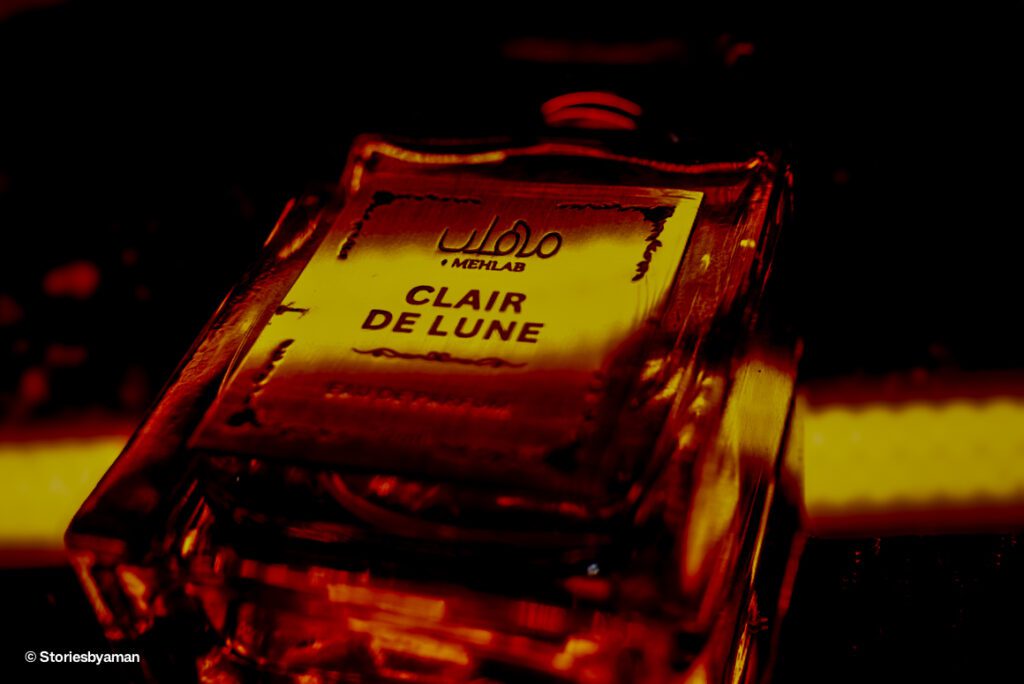Product photography has become a vital art in the digital age, when e-commerce is king. For certain potential customers, a product’s look might make all the difference. Whether you’re an entrepreneur promoting your latest product, a photographer building your portfolio, or a hobbyist looking to enhance your skills, mastering product photography is a worthwhile goal. Here are a few pointers to help you take unique, attractive product shots.
1. Understanding Your Gears

Choosing the Right Camera
To start with, getting a fantastic camera doesn’t have to break the wallet. A good smartphone can also accomplish the same tasks as a DSLR or mirrorless camera with manual settings. Knowing your camera’s functions and how to use them is crucial. Adjust the settings to your comfort level and have fun!
Matter of Lenses
I would strongly advise getting a prime lens with a large aperture (f/1.8 or f/2.8) if you use a DSLR or mirrorless camera. Given the exceptional shallow depth of field and sharpness of these lenses, your product will stand out against a blurry background.
The Stability Factor: Tripod
A tripod can really change the game. It settles your camera, especially when utilizing slower shutter speeds or when shooting low light. Furthermore, it guarantees uniformity throughout your images, which is essential for any product line.
Lighting Techniques to Master
In photography, lighting is key. These are the steps to master it:
Embrace Natural Light
For novices, natural light is ideal, especially soft light coming in via a window. It can yield lovely, flattering photos and is completely free. Just keep in mind that direct sunlight can cast harsh shadows.

Making Use of Artificial Light
Artificial alternatives like ring lights, LED panels, and softbox lights are great if you want more control over your lighting. Ascertain that your product has uniform illumination throughout by positioning your lights to reduce deep shadows.

Lightweight Tents for Little Goods
Light boxes, often known as tents, are fantastic for photographing small objects. They blur shadows and add a crisp, polished appearance to your images by diffusing light from all directions.
Creating the Ideal Background
Picking a background for your goods should enhance it without drawing too much attention to itself. Here are some suggestions:

Conventional White Background
The classic choice for a backdrop is white. It retains the attention on your goods and has a polished, streamlined appearance, making it ideal for e-commerce.
Play with the hues.
Vibrant backgrounds may accentuate individuality and assist communicate the essence of your brand. Select colors that go well with your goods and the style of your brand.
Contextual Backgrounds
Placing your product in a real-world situation (such as a kitchen for kitchenware or a desk for office supplies) might help shoppers imagine how it will be used. Just make sure everything is tidy and not overly crowded.
Perfecting the Composition
A picture’s visual appeal is largely dependent on its composition. How to ace it is as follows:
Three-rule
Consider dividing your frame into nine equal portions using two horizontal and two vertical lines. To create a balanced and beautiful composition, place your goods along these lines or at their intersections.

Use Leading Lines!
To draw the attention of the viewer to the product, use lines inside the image. This might include the edges of a table, shelves, or any other lines in your configuration.
Accept Negative Space
To create a minimalist design and highlight the product, don’t be afraid to use negative space, or the empty area surrounding it.
Attention to Detail
Getting the intricacies of a product is critical, especially for things with complicated patterns or features.

Get Intimate
Take close-up photos to capture the texture, pattern, and special qualities of your product. This is where macro lenses or camera settings can come in handy.
Multiple Perspectives
Show your product from numerous perspectives to give clients a complete picture. This comprises the front, rear, sides, and any other relevant elements or features.
The Post-Processing Magic
Editing your photographs can improve their quality and appeal. Here are a few fundamental modifications to think about:
Vibrance and Distortion
To make sure your product is well-lit and shines out against the background, adjust the brightness and contrast.

The Secret Is Consistency
Having a consistent style for your product images aids in creating a distinctive brand identity. Remember the following:
Consistent Lighting
To create a consistent look throughout your product line, make sure that the lighting in all of your product shots is the same.
Comparable Angles
To keep your online store or portfolio consistent, take identical product shots.
Style of Editing
Use the same photo-editing technique across all of your images to give them a cohesive look.

Conclusion
A creative vision combined with technical proficiency is what makes product photography an art. You can produce amazing product photos that capture your audience and increase sales by knowing your equipment, mastering lighting, choosing the ideal background, carefully planning your shots, paying attention to details, and post-processing your images. Most key, enjoy the process and practice frequently. You should also try out new ways. Have fun with your shooting!




